The Evolution of Roofing in San Antonio: A Look at Innovative Solutions
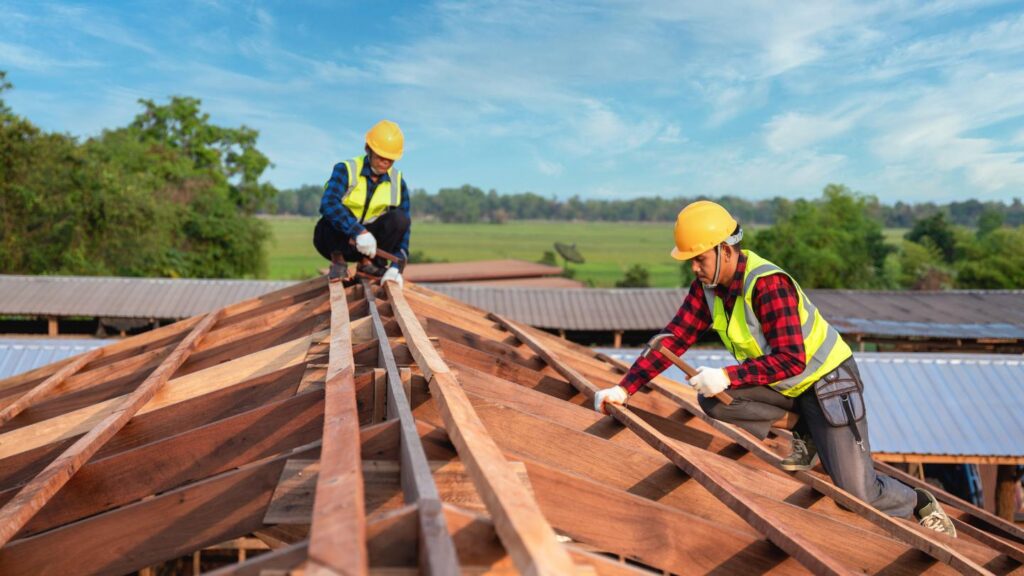
The skyline of San Antonio, Texas, tells a story of architectural evolution, where the roofs of buildings play a central role. From the historic missions with their distinctive Spanish colonial styles to the sleek, modern high-rises of today, the city’s roofing landscape has undergone a significant transformation. This blog post delves into this fascinating journey, exploring how roofing in San Antonio has adapted to meet changing needs, technologies, and environmental concerns. We will take a closer look at the innovative solutions that have emerged, revolutionizing the way we think about the very roofs over our heads.
San Antonio’s roofing evolution is not just about the transition from one material to another. It’s a narrative of cultural influence, technological advancements, and a growing emphasis on sustainability. As we unfold the layers of this story, we will discover how these changes reflect broader trends in architecture, environmental awareness, and urban development. Join us as we explore the past, present, and future of roofing in San Antonio, showcasing the city’s innovative spirit and commitment to excellence.
Historical Overview of Roofing in San Antonio
In the early days, San Antonio’s roofs were a reflection of its cultural and geographical context. Materials like clay tiles, which are synonymous with Spanish colonial architecture, were prevalent. These materials were not only chosen for their availability but also for their ability to withstand the local climate. The iconic red clay tiles, curved and neatly arranged, became a defining feature of the city’s early architectural landscape, offering both durability and a distinct aesthetic appeal.
The influence of cultural and historical factors on San Antonio’s roofing cannot be overstated. As the city grew and diverse communities settled, the roofing styles evolved. While clay tiles remained popular, other materials like wood shingles began to appear, reflecting the influences of American and European architectural styles. This period marked the beginning of a more eclectic roofing scene in San Antonio, where tradition blended with new influences, leading to a unique architectural tapestry that characterizes the city to this day.
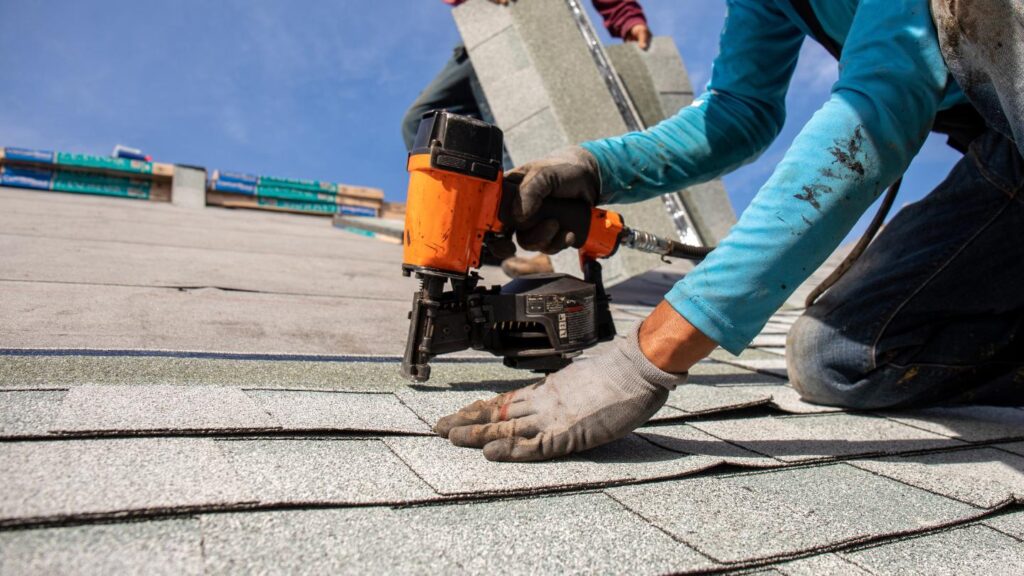
Technological Advancements and Modern Roofing
With the advent of the 20th century, San Antonio witnessed a shift in roofing materials and techniques, thanks to technological advancements. The introduction of asphalt shingles in the mid-1900s revolutionized roofing, offering a lightweight, affordable, and versatile alternative to traditional materials. This change mirrored a nationwide trend towards more economical and mass-produced building materials, which allowed for rapid urban expansion and the development of new neighborhoods.
Innovative designs and construction techniques also started to reshape San Antonio’s roofs. Flat roofs with tar and gravel, metal roofing, and even concrete tiles began to appear, offering greater resilience and a modern aesthetic. These changes were not just about appearances; they reflected a deeper understanding of material science and architectural engineering, allowing for more efficient construction methods and longer-lasting roofs.
Sustainability and Eco-Friendly Solutions
In recent years, San Antonio has seen a surge in green roofing trends, driven by a growing awareness of environmental issues and sustainability. Green roofs, which are covered with vegetation, have gained popularity for their ability to reduce urban heat islands, manage stormwater, and improve air quality. These living roofs are not just functional; they add a unique aesthetic charm to the city’s buildings, blending urban development with natural elements.
The impact of these eco-friendly roofing solutions on energy efficiency is significant. Cool roofs, made with reflective materials, help reduce energy consumption by minimizing heat absorption. Similarly, the integration of solar roofing technologies has become increasingly common, allowing buildings to generate their own clean energy. These sustainable practices not only contribute to San Antonio’s environmental goals but also offer long-term cost savings and resilience against climate change.
Case Studies: San Antonio’s Roofing Innovations
One notable example of San Antonio’s roofing innovation is the VIA Metropolitan Transit’s Centro Plaza. This transit hub features a green roof system that not only enhances the aesthetic appeal of the facility but also provides environmental benefits like reduced stormwater runoff and improved air quality. This project exemplifies the city’s commitment to integrating sustainable practices into public infrastructure.
Another groundbreaking project is the San Antonio Public Library’s solar roof. This initiative, part of a broader effort to make public buildings more energy-efficient, involves the installation of photovoltaic panels on the library’s roof. This not only reduces the building’s carbon footprint but also serves as an educational tool, demonstrating the practicality and benefits of renewable energy in urban settings.
The Future of Roofing in San Antonio
As we look to the future, emerging technologies and trends are set to further revolutionize roofing in San Antonio. Innovations like smart roofing materials, capable of adapting to environmental changes, and even more advanced solar technologies are on the horizon. These developments promise not only enhanced functionality and sustainability but also the potential for roofs to become active participants in energy management and environmental protection. The role of climate and environmental changes in shaping future roofing solutions is crucial. As San Antonio faces challenges like increasing temperatures and extreme weather events, the demand for roofs that can withstand these conditions while minimizing environmental impact will grow. Future roofing designs will likely focus on resilience, energy efficiency, and integration with smart city technologies, playing a key role in the city’s adaptation to a changing climate.
The evolution of roofing in San Antonio is a testament to the city’s ability to adapt, innovate, and embrace sustainability. From the traditional clay tiles of its early days to the modern, eco-friendly solutions of today, San Antonio’s roofing landscape has continually evolved to meet the needs of its people and environment. This journey highlights the importance of innovation in urban development and the role of thoughtful design in creating a sustainable future.
For those in San Antonio looking to be a part of this ongoing evolution, whether through upgrading their own roofs with sustainable options or simply learning more about the city’s architectural heritage, Shield Roofing stands ready to assist. With their expertise in the latest roofing technologies and commitment to quality and sustainability, Shield Roofing is an ideal partner for anyone looking to contribute to San Antonio’s roofing legacy.
Related Post
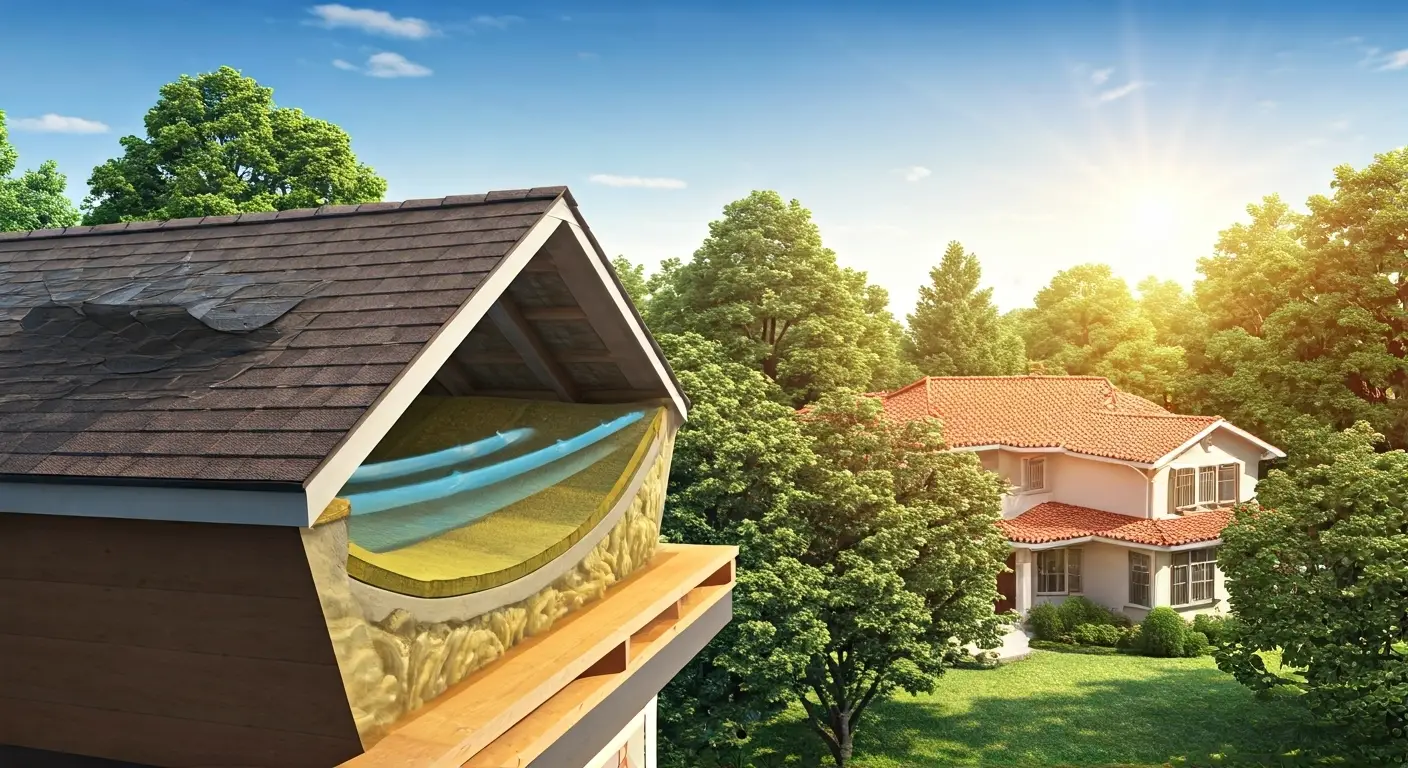
Roof Mold Prevention: Ventilation & Insulation Best Practices
Effective roof mold prevention relies on the interplay of ventilation and insulation. At Shield Roofing, a trusted San Antonio, TX roofing provider for over 25
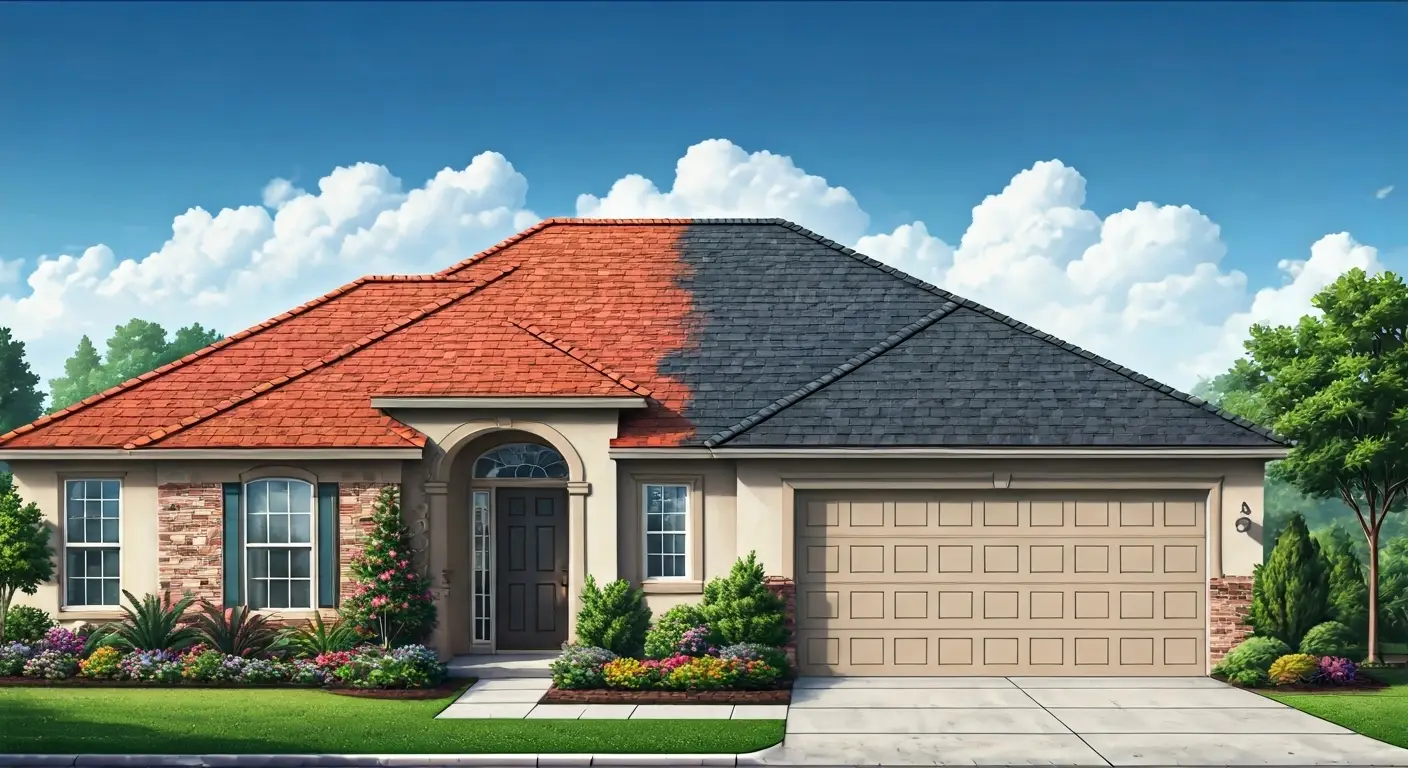
Clay Tile vs. Asphalt Shingle: Life‑Cycle Cost Comparison
Choosing the right roofing materials for your San Antonio, TX home impacts comfort, safety, and long-term costs. At Shield Roofing, with over 25 years of

How Much Snow Load Can Your Roof Handle?
Worried about how much snow your roof can actually handle? Even in San Antonio, TX, unusual winter storms are becoming more common. With the right
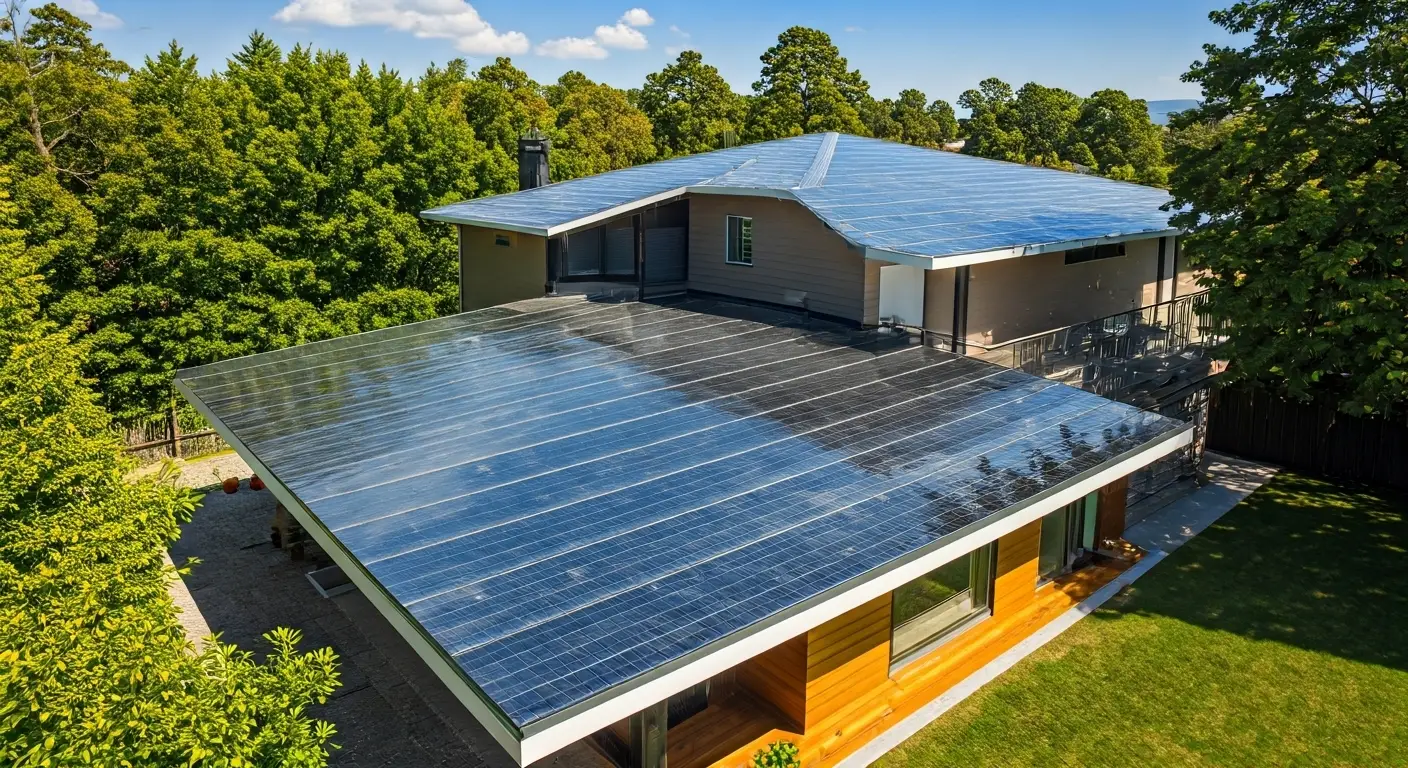
Solar Reflective Roofing: Save on Cooling Costs
The decision to invest in solar reflective roofing from Shield Roofing in San Antonio, TX, represents a strategic move towards enhanced energy efficiency and sustainability.
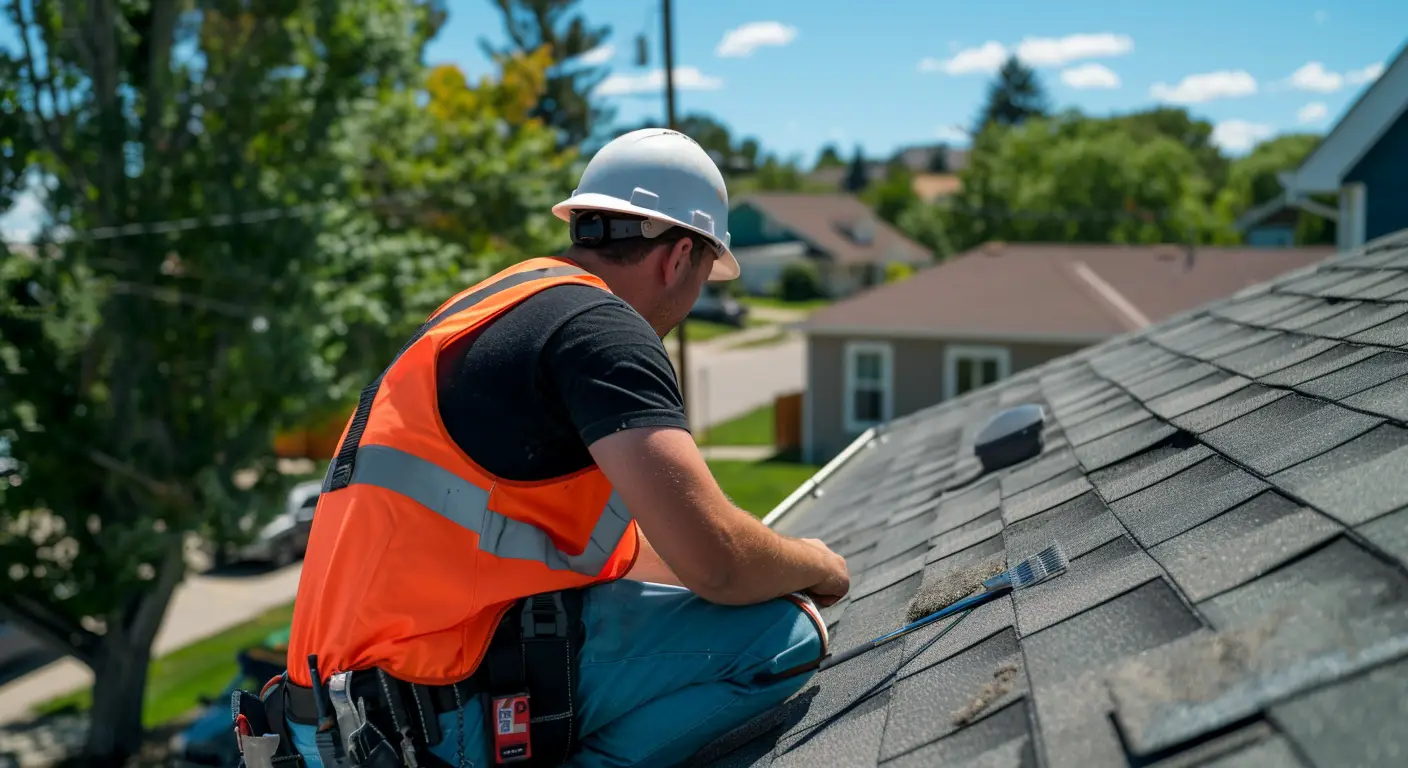
Benefits of Periodic Professional Roof Inspections
Your roof serves as the first line of defense against weather and environmental hazards, so its condition should never be left to chance. Regular professional

What a Roofing Contract Should Include: Homeowner’s Checklist
Shield Roofing knows that a roofing contract is far more than just paperwork—it’s your first line of defense as a San Antonio, TX homeowner. A
